Embracing Indigenous Gardening Practices: Cultivating Harmony with Nature
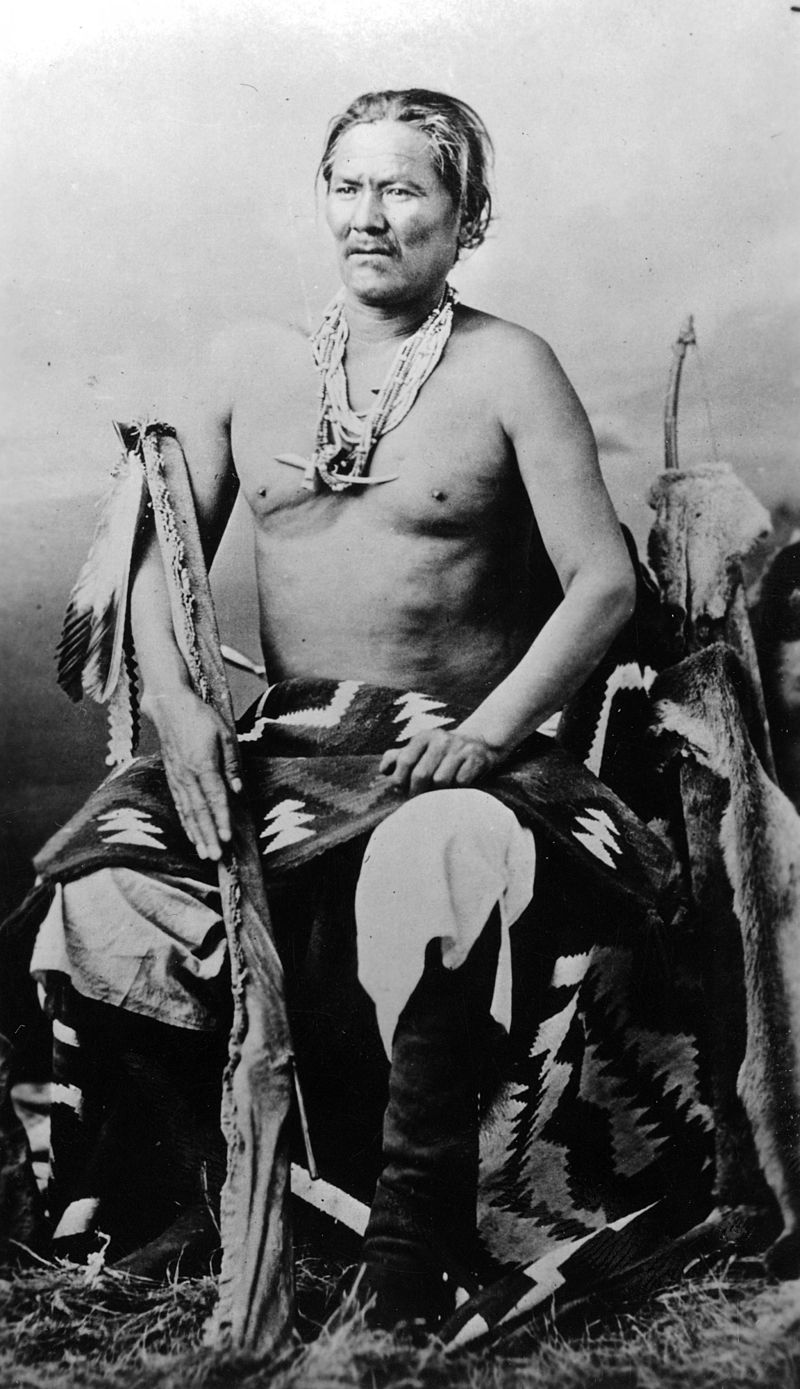
In today’s fast-paced world, where technology and modern conveniences often take center stage, there’s a growing movement to reconnect with age-old wisdom rooted in the land. Indigenous gardening practices offer a profound understanding of the natural world, passed down through generations, fostering harmony between humans and the earth. Let’s delve into the rich tapestry of indigenous gardening wisdom and discover how these traditions can inspire us to cultivate sustainable, regenerative landscapes that honor the land and its inhabitants.
Honoring Ancestral Wisdom
Indigenous gardening is deeply rooted in cultural traditions and spiritual beliefs that emphasize reciprocity and respect for the earth. For indigenous communities around the world, gardening is not just a means of sustenance but a sacred act of co-creation with nature. By honoring ancestral knowledge and embracing traditional planting methods, we can learn valuable lessons about our interconnectedness with the natural world.
Let’s explore some of the cultural and spiritual aspects that shape indigenous gardening
Sacred Relationship with the Land: For many indigenous communities, the land is not merely a resource to be exploited but a sacred entity with its own inherent value and spirit. Indigenous peoples view themselves as caretakers or stewards of the land, responsible for maintaining its health and vitality for future generations. Gardening is seen as a sacred act of co-creation with nature, where humans work in harmony with the land to cultivate sustenance and abundance.

image taken from youtube @Robin.Greenfield
Ceremonial Planting and Harvesting: Planting and harvesting are often accompanied by ceremonial rituals and prayers that honor the earth and give thanks for its bounty. These ceremonies may involve offerings of tobacco, cornmeal, or other sacred substances, as well as songs, dances, and prayers to express gratitude to the spirits of the land. By engaging in these rituals, indigenous gardeners seek to establish a respectful and reciprocal relationship with the earth, acknowledging the interconnectedness of all living beings.
Traditional Plant Varieties: Indigenous cultures have cultivated a rich diversity of plant varieties adapted to local climates and ecosystems over thousands of years. These traditional varieties are prized for their unique flavors, nutritional qualities, and cultural significance. Seeds are often passed down from generation to generation, along with the stories and traditions associated with them, reinforcing the connection between people, plants, and place.
Companion Planting and Intercropping: Indigenous gardening practices often incorporate companion planting and intercropping techniques that enhance biodiversity and promote soil health. Certain plant combinations are believed to have symbiotic relationships, where one plant may repel pests or provide nutrients for another. By observing the natural relationships between plants, indigenous gardeners create balanced ecosystems that support the health and productivity of the garden.
Seasonal Cycles and Lunar Phases: Indigenous gardening calendars are often based on seasonal cycles and lunar phases, reflecting an intimate understanding of the rhythms of nature. Planting, harvesting, and other gardening activities are timed to coincide with auspicious times determined by traditional knowledge and observation of natural phenomena. By aligning with the natural cycles of the earth and the cosmos, indigenous gardeners harness the power of the elements to optimize their yields and ensure the success of their crops. Pretty cool 🙂
Sustainability and Stewardship: Sustainability is a core value of indigenous gardening, rooted in the belief that humans are caretakers of the land and have a responsibility to protect and preserve it for future generations. Practices such as crop rotation, soil conservation, and seed saving are employed to ensure the long-term health and productivity of the garden, while minimizing waste and environmental impact. By practicing sustainable gardening techniques, indigenous gardening practices demonstrate a commitment to living in harmony with the earth and upholding cultural values.
Working in Harmony with Nature
Central to indigenous gardening practices is the concept of working in harmony with nature rather than against it. Traditional planting techniques often mimic natural ecosystems, promoting biodiversity and resilience. Companion planting, for example, involves growing complementary plant species together to enhance soil fertility, deter pests, and maximize yields. By observing the relationships between plants, insects, and wildlife, indigenous gardeners create thriving ecosystems that support the health of the entire community.
Indigenous gardening traditions are found among diverse cultures and peoples around the world, each with its own unique practices, plant varieties, and cultural significance. Here are some examples of cultures and indigenous peoples known for their traditional gardening practices:
- Native American Tribes: Indigenous peoples of North America, including tribes such as the Navajo, Hopi, Cherokee, Seneca, and Haudenosaunee (Iroquois), have a rich tradition of gardening and agriculture. They cultivated a variety of crops such as corn, beans, squash, sunflowers, and tobacco using sustainable farming techniques like the Three Sisters planting method.
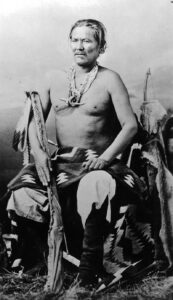
Navajo person
- Mesoamerican Civilizations: Ancient civilizations in Mesoamerica, such as the Maya, Aztec, and Olmec, developed advanced agricultural systems that transformed the landscape. They practiced terrace farming, raised beds, and chinampa agriculture (floating gardens), growing crops like maize (corn), beans, squash, chili peppers, and cacao.
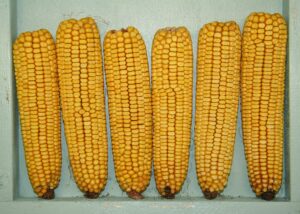
Mature Maize
- Indigenous Peoples of South America: Indigenous groups in South America, including the Quechua, Aymara, Mapuche, and Guarani, have cultivated a wide range of crops adapted to diverse ecosystems such as the Andes Mountains, Amazon rainforest, and Patagonian steppes. Traditional crops include potatoes, quinoa, amaranth, yucca, and various fruits and vegetables.
- First Nations of Canada: Indigenous peoples of Canada, including the Cree, Ojibwe, Inuit, and Haida, have practiced traditional gardening and food cultivation for centuries. They grew crops like wild rice, squash, beans, corn, berries, and medicinal plants, often incorporating sustainable farming techniques like polyculture and forest gardening.
- Indigenous Australians: Aboriginal and Torres Strait Islander peoples of Australia have a deep connection to the land and traditional food cultivation practices. They practiced fire-stick farming (which is the practice of using fire to burn vegetation), seed propagation, and land management techniques to cultivate native plants such as kangaroo grass, yams, bush tomatoes, and quandong.
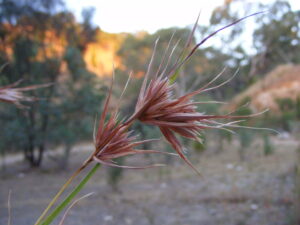
Kangaroo Grass
- Maori of New Zealand: The Maori people of New Zealand have a rich tradition of horticulture and gardening known as “māra kai.” They cultivated crops like kumara (sweet potatoes), taro, yams, gourds, and native ferns, using techniques like terracing, irrigation, and crop rotation.
- Indigenous Peoples of Africa: Across the African continent, various indigenous peoples have practiced traditional agriculture and gardening for thousands of years. Examples include the Berbers of North Africa, the San Bushmen of Southern Africa, and the Maasai of East Africa, who cultivated crops such as millet, sorghum, teff, cassava, and indigenous fruits and vegetables.

Portrait of an African Bushman
These are just a few examples of the many cultures and indigenous peoples around the world who have cultivated gardens and practiced sustainable agriculture for generations. Each culture brings its own unique knowledge, techniques, and spiritual connections to the land, enriching the tapestry of global gardening traditions.
Respecting the Land
Indigenous gardening is guided by principles of stewardship and reciprocity, emphasizing the importance of caring for the land and giving back more than we take. Practices such as crop rotation, soil conservation, and seed saving ensure the long-term health and productivity of the soil, preserving resources for future generations. By cultivating a deep reverence for the land and its inherent value, indigenous gardeners foster a profound sense of responsibility to protect and nurture the earth.
Cultivating Diversity
Diversity is celebrated in indigenous gardens, both in terms of plant species and cultural traditions. Traditional varieties of fruits, vegetables, and herbs are prized for their unique flavors, nutritional qualities, and adaptability to local climates. By preserving heirloom seeds and embracing native plants, indigenous gardeners safeguard genetic diversity and promote resilience in the face of environmental challenges. Moreover, indigenous gardening practices reflect the cultural diversity of indigenous communities, honoring the unique traditions and knowledge systems of different peoples.
Harvesting with Gratitude
In indigenous cultures, harvesting is a sacred act that is imbued with reverence and gratitude. Before gathering plants or crops, indigenous gardeners often offer prayers or ceremonies to express gratitude for the abundance of the earth and to ask for permission to take only what is needed. This mindful approach to harvesting fosters a deeper connection to the land and instills a sense of humility and respect for the gifts provided by nature.
Preserving Traditional Knowledge and Indigenous Gardening Partnerships
As modern agricultural practices threaten traditional ways of life and indigenous knowledge systems, there is a growing urgency to preserve and revitalize indigenous gardening traditions. By supporting initiatives that empower indigenous communities to reclaim their ancestral lands and revitalize traditional food systems, we can help ensure the continuity of indigenous knowledge for future generations.
Through partnerships and collaborations, we can learn from indigenous elders and gardeners, honoring their wisdom and sharing their stories to inspire positive change.
Indigenous gardening partnerships involve collaborations between indigenous communities, organizations, and other stakeholders to promote traditional gardening practices, preserve cultural heritage, and support community well-being. These partnerships can take many forms and may involve initiatives such as:
Community Gardens: Indigenous communities may partner with local governments, non-profit organizations, or educational institutions to establish community gardens that incorporate traditional gardening techniques and native plant species. These gardens serve as spaces for cultural revitalization, food sovereignty, and community empowerment, providing opportunities for intergenerational knowledge sharing and skill-building. Some real world examples of community indigenous gardens are the following:
Tohono O’odham Community Action (TOCA) Garden (Arizona, USA)
Nepisiguit Mi’gmaq Trail (New Brunswick, Canada)
Tjapukai Aboriginal Cultural Park (Queensland, Australia)
Hawaiian Legacy Reforestation Initiative (Hawaii, USA)
Tepoztlán Community Seed Bank (Morelos, Mexico)
Te Rito Gardens (Wellington, New Zealand)
Aboriginal Food Forest (British Columbia, Canada).
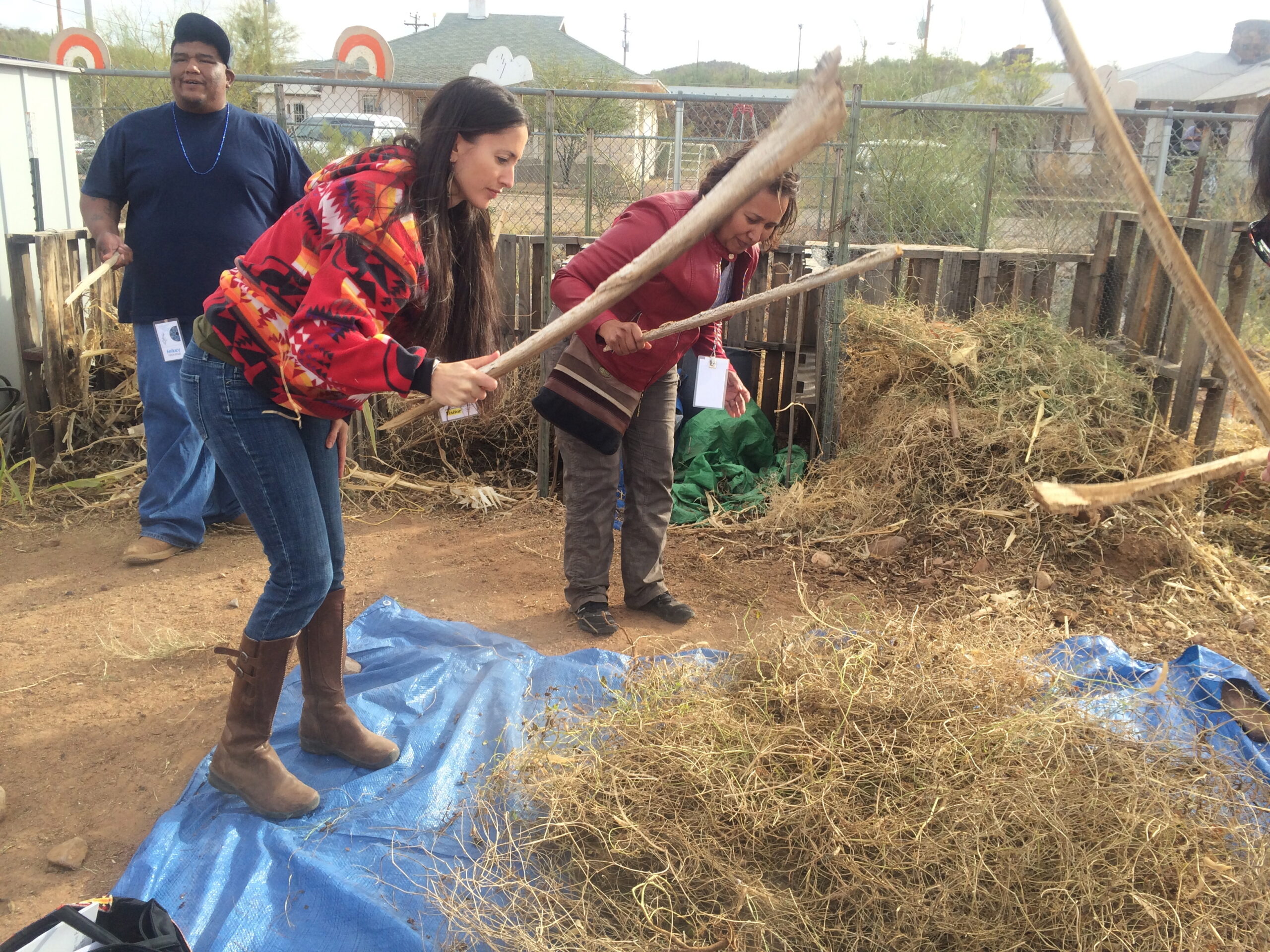
Tohono Community Garden (Arizona), Image from Gardenwarriorsgoodseeds.com
Cultural Preservation Programs: Organizations dedicated to cultural preservation and indigenous rights may collaborate with indigenous communities to develop programs that document and preserve traditional gardening knowledge, practices, and plant varieties. These programs may involve oral history projects, seed-saving initiatives, and educational workshops aimed at safeguarding cultural heritage for future generations.
Research Partnerships: Universities, research institutions, and government agencies may partner with indigenous communities to conduct collaborative research on topics such as traditional ecological knowledge, agroecology, and sustainable food systems. These partnerships prioritize indigenous perspectives and priorities, integrating traditional knowledge with scientific research to address environmental challenges and promote community resilience.
Several universities around the world are actively engaged in collaborative projects with indigenous communities to support indigenous gardening initiatives. Here are some examples:
University of British Columbia (UBC), Canada: UBC’s Faculty of Land and Food Systems collaborates with indigenous communities in British Columbia on various projects related to indigenous food sovereignty, traditional plant knowledge, and sustainable agriculture. The UBC Farm hosts indigenous gardens and serves as a hub for research, education, and community engagement.
University of Arizona, USA: The University of Arizona’s Native American Research and Training Center partners with indigenous communities in Arizona on research projects related to indigenous health, nutrition, and traditional food systems. The center collaborates with tribal organizations to support community-based gardening initiatives and promote food sovereignty.
University of Hawai’i at Mānoa, USA: The University of Hawai’i’s Kamakakūokalani Center for Hawaiian Studies works with indigenous communities in Hawai’i to revitalize traditional Hawaiian agriculture and promote cultural education. The center supports community-based gardening projects, seed-saving initiatives, and research on traditional Hawaiian food systems.
University of Waikato, New Zealand: The University of Waikato’s Te Kotahi Research Institute partners with Māori communities in New Zealand on research projects related to indigenous land management, environmental stewardship, and cultural revitalization. The institute supports community-led gardening initiatives and collaborative research on traditional Māori gardening practices.
Australian National University (ANU), Australia: ANU’s Fenner School of Environment and Society collaborates with indigenous communities across Australia on research projects related to indigenous land management, biodiversity conservation, and sustainable agriculture. The school works with indigenous land managers to support community-based gardening initiatives and traditional ecological knowledge exchange.
University of Tromsø, Norway: The University of Tromsø’s Centre for Sami Studies partners with Sami communities in Norway, Sweden, Finland, and Russia on research projects related to indigenous land rights, reindeer herding, and traditional livelihoods. The center supports community-led gardening initiatives and research on traditional Sami gardening practices.
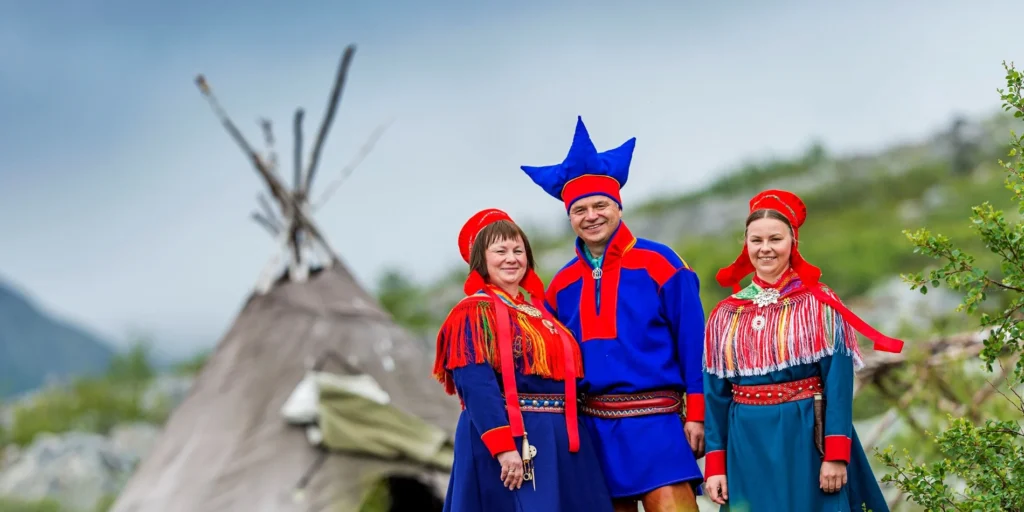
Sami people of Norway, image from hurtigruten.com
University of Otago, New Zealand: The University of Otago’s Centre for Sustainability collaborates with Māori communities in New Zealand on research projects related to indigenous environmental management, climate change adaptation, and sustainable agriculture. The center supports community gardening initiatives and research on traditional Māori gardening techniques.
Other indigenous farming initiatives are seed banks and exchanges.
Seed Banks and Exchanges: Indigenous seed banks and seed-saving networks facilitate the preservation, exchange, and propagation of traditional plant varieties among indigenous communities and allies. These initiatives promote food security, biodiversity conservation, and cultural continuity by ensuring access to locally adapted seeds and promoting traditional farming practices.
Indigenous seed banks and farming initiatives play crucial roles in preserving traditional crop varieties, promoting food sovereignty, and safeguarding cultural heritage. Here are some real-life examples of indigenous seed banks and farming initiatives around the world:
- Navdanya, India: Navdanya is a network of seed keepers and organic farmers in India founded by environmental activist Vandana Shiva.
- The Traditional Native American Farmers Association (TNAFA), USA: TNAFA is a non-profit organization based in New Mexico that supports traditional Native American farming practices and seed saving initiatives.
- Association of Latin American Indigenous Women (AMAIL), Bolivia: AMAIL is a grassroots organization in Bolivia that supports indigenous women farmers and seed savers.
- The Community Seed Network, Canada: The Community Seed Network is a grassroots organization in Canada that supports community seed saving initiatives and seed libraries.
- The Potato Park, Peru: The Potato Park is a biocultural conservation area in Peru managed by indigenous Quechua farmers. The park serves as a living seed bank for thousands of potato varieties, many of which are threatened with extinction due to climate change and industrial agriculture.
- Koanga Institute, New Zealand: The Koanga Institute is a permaculture research and education center in New Zealand that focuses on seed saving, heritage fruit trees, and regenerative agriculture.
- The Indigenous Seed Keepers Network, USA: The Indigenous Seed Keepers Network is a grassroots organization in the United States that supports indigenous seed sovereignty and cultural revitalization.

The indigenous Seed Keepers network, image from nativefoodalliance.org
Below are more ways that people are supporting indigenous gardening initiatives
Cultural Tourism and Eco-tourism: Indigenous-led tourism initiatives may incorporate traditional gardening practices and agroecological tours as part of cultural immersion experiences for visitors. These partnerships support indigenous economies, promote cultural exchange, and raise awareness about the importance of traditional ecological knowledge in sustainable land stewardship.
Policy Advocacy and Land Rights: Indigenous organizations and advocacy groups partner with allies to advocate for policies that protect indigenous land rights, promote sustainable land management practices, and recognize the cultural significance of traditional gardening territories. These partnerships may involve legal advocacy, grassroots organizing, and collaboration with policymakers to advance indigenous sovereignty and self-determination.
Food Sovereignty Networks: Indigenous-led food sovereignty networks connect communities, organizations, and allies working to reclaim control over food production, distribution, and consumption. These partnerships emphasize indigenous self-determination, cultural revitalization, and sustainable food systems grounded in traditional knowledge and values.
These examples illustrate the diverse ways in which indigenous gardening partnerships contribute to cultural revitalization, environmental conservation, and community empowerment. By fostering collaboration, mutual respect, and shared stewardship of the land, these partnerships honor indigenous wisdom and promote sustainable futures for all and we think that’s pretty awesome. 🙂
Indigenous gardening wisdom offers invaluable lessons about our relationship with the land and the interconnected web of life that sustains us. By embracing indigenous practices and incorporating traditional knowledge into our own gardening endeavors, we can cultivate landscapes that are not only productive and beautiful but also regenerative and sustainable. Let us draw inspiration from the wisdom of indigenous cultures and work together to create a future where humans live in harmony with nature, honoring the land and its inhabitants with reverence and respect.
Prime Broccoli, out!






